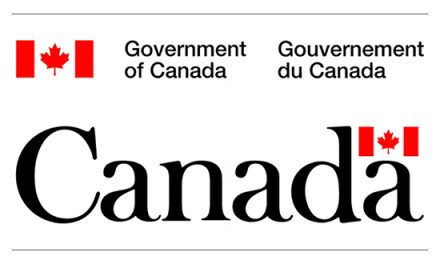Economy Grew 0.2%in May, Statistics Canada Estimates 2.2% Annualized Growth in Q2
The Canadian economy grew more quickly than expected in the second quarter, but likely not enough to put the brakes on an anticipated third straight rate cut in September by the Bank of Canada.
The Canadian economy grew 0.2% in May, driven by expansions in manufacturing and the public sector. Statistics Canada’s report released on July 31st highlighted the impact of retail and wholesale trade, as well as the oil and gas sector, on growth. The Trans Mountain pipeline expansion contributed to economic growth, with the crude oil and other pipeline transportation industry rising 1.5%. The latest data reaffirms that economic growth is tepid and warrants continued reduction in interest rates from the Bank of Canada.
In June, growth was slightly tempered to 0.1%, with growth in construction, real estate, rental and leasing, finance and insurance partially offset by decreases in manufacturing and wholesale trade. For the second quarter, Statistics Canada expects real GDP to grow at an annualized rate of 2.2%.
The Bank of Canada lowered its key interest rate for a second time in a row, partly driven by weakening economic conditions. The labour market has also been affected by high borrowing costs, with graduates and newcomers particularly affected by dwindling job opportunities. The unemployment rate has steadily climbed over the last year, reaching 6.4% in June.
The Bank of Canada’s interest rate cuts are expected to take some pressure off the economy, but at 4.5%, its benchmark rate continues to restrict economic growth. Many forecasters expect the Bank of Canada to follow up with another interest rate reduction in September. The Bank of Canada was the first central bank in the G7 to begin lowering interest rates this year.
Source: Globe and Mail
Source: The Star
Source: Financial Post
Source: Statistics Canada
Retail Sales Slump as High Interest Rates Weigh on Shoppers
Canadian consumers continued to tighten their belts in June after a sharp spending pullback in May, marking a weak first half of the year for retail sales in the country. Receipts for retailers fell 0.3% in June, following a 0.8% drop in May, below expectations for a 0.6% drop in a Bloomberg survey. The figures point to a decrease of 0.2% in the second quarter, following a 0.4% drop in the first three months of 2024.
Retail sales decreased in nine provinces in May. The largest provincial decrease was observed in Alberta (-2.5%), led by lower sales at motor vehicle and parts dealers.
In British Columbia, retail sales decreased 1.3% in May, led by lower sales at food and beverage retailers. In the census metropolitan area of Vancouver, sales were down 1.2%.
The sole provincial increase in retail sales in May was observed in Nova Scotia (+0.6%). The increase was led by higher sales at motor vehicle and parts dealers.
Retailers saw lower sales in eight of nine sub-sectors in May, led by lower sales at hardware stores, food and beverage retailers, and clothing sellers. The only retailers that saw sales rise were auto dealers, posting their third monthly gain in four months.
Building material and garden equipment and supplies dealers experienced a sales decrease of -2.7% from April to May 2024, and a year over year decline in sales by -3.0%
Canadian consumer spending continues to struggle with the impact of past rate hikes and higher living costs. The data is consistent with Statistics Canada’s initial estimate of below 2% gross domestic product growth for the second quarter and follows a Bank of Canada survey that pointed to businesses’ input and selling price growth slowing and a deceleration in headline inflation for June.
Source: Financial Post
Source: Statistics Canada












